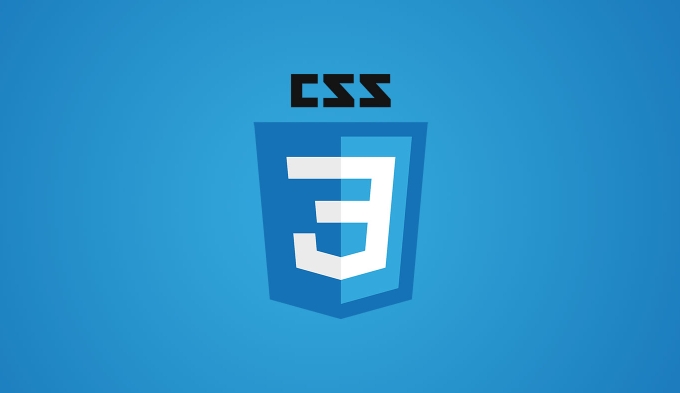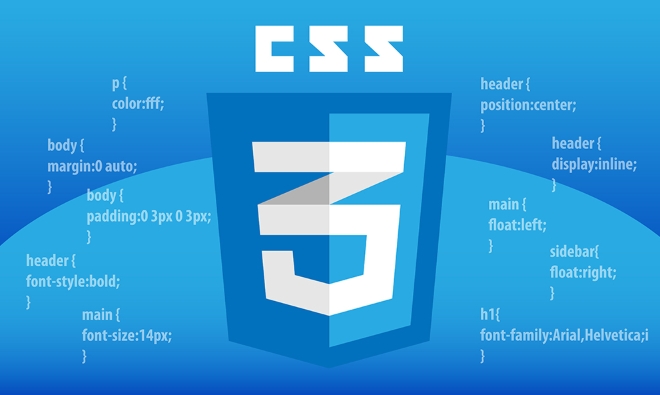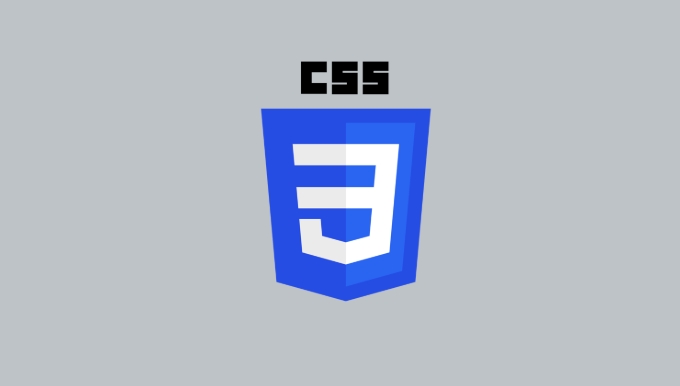object-fit is an attribute in CSS that controls image adaptation containers. Common values ??include fill, contain, cover, none and scale-down. It is suitable for image display in responsive designs, such as using cover to avoid deformation or blanking of card layout; avatar scenes can be used with object-position to locate focus; when using it, you need to pay attention to the compatibility and layout stability of IE and old Android.

When you display pictures on web pages, especially in responsive designs, you often encounter the problem that the image proportion does not match the container. At this time, using object-fit attribute of CSS can control the display of the image well.

What is object-fit
object-fit is a CSS property that controls how replaceable elements (such as <img src="/static/imghw/default1.png" data-src="https://img.php.cn/upload/article/000/000/000/175164534698852.jpeg" class="lazy" alt="Using the CSS object-fit property for images" > or <video></video> ) adapt to their container size. It's a bit like background-size of the background image, but the object is the actual image element itself.

Common values ??include:
-
fill: stretching and filling the container, which may deform -
contain: Keep scaled to ensure that the entire image is displayed -
cover: Keep proportional cropping to ensure full container, often used in cover drawings -
none: No adjustment, keep the original size -
scale-down: similar tocontain, but smaller size will be selected
Common usage scenarios and suggestions
Image list layout: Use cover to avoid blanks or stretches
If you are doing card layout or product picture display, the aspect ratio of each picture may be different. At this time, setting object-fit: cover can keep the image proportion while filling the container, without black edges or being compressed and deformed.

.card img {
width: 100%;
height: 200px;
object-fit: cover;
}After processing this, both sides or upper and lower images may be cropped, but the visual effect is more unified.
Avatar or user upload image: cover object-position control focus
Sometimes you want to center the avatar to display, but if the picture is a close-up of the character and you want your face to always appear in the visual area, you can use it in conjunction with object-position .
.avatar {
width: 100px;
height: 100px;
object-fit: cover;
object-position: top center;
}The above example will center the top of the image, suitable for situations where the head content is more important.
Notes and compatibility
Although object-fit has widely supported mainstream browsers, there are still some details to note:
- IE does not support : If you still need to be compatible with IE11, you have to use other solutions, such as simulation with background images and pseudo-elements.
- Some old Android models do not support : projects that need to consider compatibility should be tested.
- Impact layout stability : If the image size is uncertain, it may cause page rearrangement. It is recommended to fix the image container or use
aspect-ratiofor use.
summary
object-fit is a simple but very practical property that allows you to more flexibly control the display effect of images. Choose the appropriate mode according to different needs, and then cooperate with object-position to achieve more refined control. Basically that's it, but it's easy to ignore its potential in actual development, especially when combined with responsive design.
The above is the detailed content of Using the CSS object-fit property for images. For more information, please follow other related articles on the PHP Chinese website!

Hot AI Tools

Undress AI Tool
Undress images for free

Undresser.AI Undress
AI-powered app for creating realistic nude photos

AI Clothes Remover
Online AI tool for removing clothes from photos.

Clothoff.io
AI clothes remover

Video Face Swap
Swap faces in any video effortlessly with our completely free AI face swap tool!

Hot Article

Hot Tools

Notepad++7.3.1
Easy-to-use and free code editor

SublimeText3 Chinese version
Chinese version, very easy to use

Zend Studio 13.0.1
Powerful PHP integrated development environment

Dreamweaver CS6
Visual web development tools

SublimeText3 Mac version
God-level code editing software (SublimeText3)

Hot Topics
 How can I include CSS only on some pages?
Jun 11, 2025 am 12:01 AM
How can I include CSS only on some pages?
Jun 11, 2025 am 12:01 AM
There are three ways to selectively include CSS on a specific page: 1. Inline CSS, suitable for pages that are not frequently accessed or require unique styles; 2. Load external CSS files using JavaScript conditions, suitable for situations where flexibility is required; 3. Containment on the server side, suitable for scenarios using server-side languages. This approach can optimize website performance and maintainability, but requires balance of modularity and performance.
 Flexbox vs Grid: Understanding the Key Differences in CSS Layout
Jun 10, 2025 am 12:03 AM
Flexbox vs Grid: Understanding the Key Differences in CSS Layout
Jun 10, 2025 am 12:03 AM
Flexboxisidealforone-dimensionallayouts,whileGridsuitstwo-dimensional,complexlayouts.UseFlexboxforaligningitemsinasingleaxisandGridforprecisecontroloverrowsandcolumnsinintricatedesigns.
 Creating an Auto-Closing Notification With an HTML Popover
Jun 10, 2025 am 09:45 AM
Creating an Auto-Closing Notification With an HTML Popover
Jun 10, 2025 am 09:45 AM
The HTML popover attribute transforms elements into top-layer elements that can be opened and closed with a button or JavaScript. Popovers can be dismissed a number of ways, but there is no option to auto-close them. Preethi has a technique you can u
 What is 'render-blocking CSS'?
Jun 24, 2025 am 12:42 AM
What is 'render-blocking CSS'?
Jun 24, 2025 am 12:42 AM
CSS blocks page rendering because browsers view inline and external CSS as key resources by default, especially with imported stylesheets, header large amounts of inline CSS, and unoptimized media query styles. 1. Extract critical CSS and embed it into HTML; 2. Delay loading non-critical CSS through JavaScript; 3. Use media attributes to optimize loading such as print styles; 4. Compress and merge CSS to reduce requests. It is recommended to use tools to extract key CSS, combine rel="preload" asynchronous loading, and use media delayed loading reasonably to avoid excessive splitting and complex script control.
 How to use Lotties in Figma
Jun 14, 2025 am 10:17 AM
How to use Lotties in Figma
Jun 14, 2025 am 10:17 AM
In the following tutorial, I will show you how to create Lottie animations in Figma. We'll use two colorful designs to exmplify how you can animate in Figma, and then I'll show you how to go from Figma to Lottie animations. All you need is a free Fig
 Breaking Boundaries: Building a Tangram Puzzle With (S)CSS
Jun 13, 2025 am 11:33 AM
Breaking Boundaries: Building a Tangram Puzzle With (S)CSS
Jun 13, 2025 am 11:33 AM
We put it to the test and it turns out Sass can replace JavaScript, at least when it comes to low-level logic and puzzle behavior. With nothing but maps, mixins, functions, and a whole lot of math, we managed to bring our Tangram puzzle to life, no J
 External vs. Internal CSS: What's the Best Approach?
Jun 20, 2025 am 12:45 AM
External vs. Internal CSS: What's the Best Approach?
Jun 20, 2025 am 12:45 AM
ThebestapproachforCSSdependsontheproject'sspecificneeds.Forlargerprojects,externalCSSisbetterduetomaintainabilityandreusability;forsmallerprojectsorsingle-pageapplications,internalCSSmightbemoresuitable.It'scrucialtobalanceprojectsize,performanceneed
 Does my CSS must be on lower case?
Jun 19, 2025 am 12:29 AM
Does my CSS must be on lower case?
Jun 19, 2025 am 12:29 AM
No,CSSdoesnothavetobeinlowercase.However,usinglowercaseisrecommendedfor:1)Consistencyandreadability,2)Avoidingerrorsinrelatedtechnologies,3)Potentialperformancebenefits,and4)Improvedcollaborationwithinteams.






